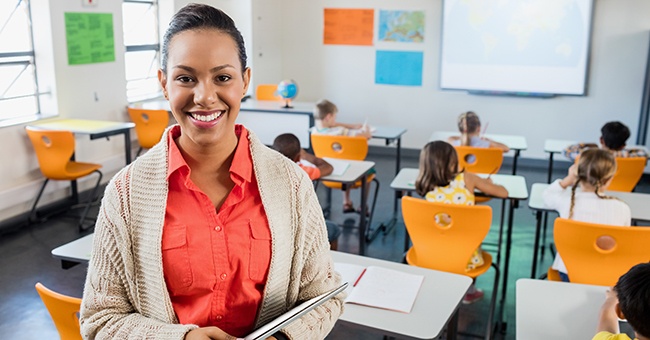
How and what we learn is determined in large part by how and what we experience—at least if Psychologist David Kolb has anything to say about it. His experiential learning theory combines traditional cognitive and behavior theories to create a more holistic approach.
Kolb believes that experiential learning incorporates emotions, environment, cognitive function, and experience as part of the transformative process of knowledge acquisition. We don’t learn in a vacuum; our feelings, the classroom, the concepts, and our past experiences influence how we absorb, retain, and recall information.
In other words, we don’t just have to learn the meaning of something to retain it fully; it has to be meaningful to us.
One-to-one technology can be a vital tool for the experiential learners as it’s often been shown that we as humans learn better by actively participating in our own learning and exploring. To fully harness the power of this type of learning with technology, a thoughtful approach is in order.
How to use technology for experiential learning.
- Use technology to relate curriculum to real life and personal experience, rather than rote recitation of facts and trends.
- Encourage online collaboration and positive relationship-building
- Record lectures and teaching plans so they can be accessed by students in a more familiar or comfortable environment.
- Empower students to use given technological tools to uncover their own research, resources, and opportunities.
- Adapt social networks as part of the interactive learning experience.
- Use technology that employs sensory input, like being able to take pictures, record sounds, and take notes.
- Virtual and game-based environments can increase the ‘fun-factor’ for many lesson plans, increasing the rate of retention.
While you can’t always make every lesson mean something for your students, you can give them tools to be active learners in their own lives. By stimulating them emotionally, developing a positive classroom environment, and providing them with self-guided resources, you can help them use technology to transform their experience in real and impactful ways.
To give your students the tools to be active learners, click below.

